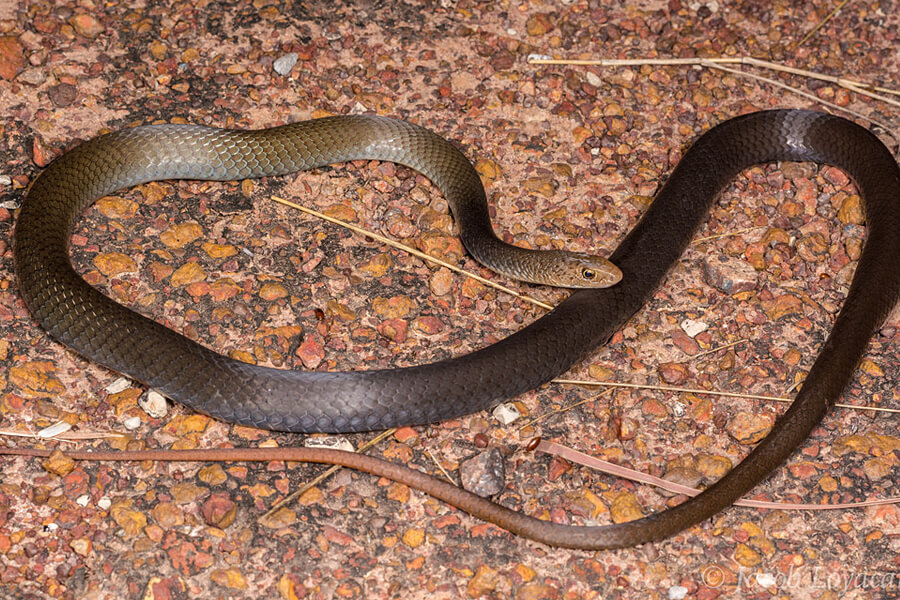Introduction
When it involves venomous serpents, Australia is home to several of the most remarkable and harmful types worldwide. Among these, the Tiger Snake stands out not just for its powerful venom yet additionally for its appealing behavior. Comprehending the behavior of venomous serpents like the Tiger Snake is essential for both wildlife lovers and those living in juvenile dugite snake locations where these snakes are present. This short article looks into numerous facets of Tiger Serpent habits, environment, identification, safety measures, and first aid practices in case of a serpent bite.
Understanding the Behavior of Venomous Snakes Like the Tiger Snake
The Tiger Snake, medically referred to as Notechis scutatus, is notorious for its aggressive nature Brown snake bite when intimidated. These snakes exhibit a range of habits that can be fairly various from their non-venomous equivalents.
Characteristics of Tiger Snakes
The Tiger Snake is conveniently recognizable because of its unique bands or red stripes that appear like a tiger's markings. They can vary in shade from yellowish-brown to dark olive or black. This pigmentation offers not only as camouflage yet likewise as a warning signal to possible predators.
Adaptability to Environment
One impressive element of their habits is their adaptability to numerous atmospheres. Discovered mostly in coastal regions, marshes, and wetlands across Australia and Tasmania, they can prosper in varied habitats consisting of metropolitan locations.
Hunting Techniques
Tiger Snakes are ambush predators mainly preying on fish, frogs, and little mammals. They have keen vision and a severe feeling of scent which helps them in finding target effectively.
Venom Composition
Their poison has neurotoxins that influence the nerve system, resulting in paralysis or death in smaller animals. For people, instant clinical interest is essential after a tiger snake bite as a result of its possibly dangerous effects.

Natural Habitat of Tiger Snakes
Preferred Locations
Understanding where these serpents reside sheds light on their behavior patterns. The tiger serpent habitat consists of:
- Coastal regions Swamps Grasslands Urban areas with bountiful water sources
Seasonal Movements
During warmer months, Tiger Snakes are a lot more energetic as they bask in sunlight or search for food. On the other hand, chillier months see them retreating into hibernation sites.
Are Tiger Snakes Venomous?
Yes! The concern "are tiger snakes poisonous?" frequently occurs among those unfamiliar with this species. Their venom is thought about among the most dangerous amongst all http://tituskftj505.theglensecret.com/just-how-to-develop-a-serpent-bite-emergency-treatment-kit-for-exterior-journeys serpent types worldwide.
Symptoms of a Tiger Serpent Bite
If bitten by a tiger snake, signs and symptoms may include:
- Localized pain Swelling at the bite site Nausea and vomiting Sweating and confusion
Immediate clinical help is critical as without treatment attacks can result in severe wellness difficulties or even death.
First Help for Serpent Bites: Quick Response Guide
Knowing how to carry out emergency treatment for a serpent bite can conserve somebody's life. Here's what you must do:
Step 1: Continue to be Calm
Keeping tranquility assists slow down heart rate which lowers poison spread.
Step 2: Paralyze the Influenced Area
Keep the affected arm or leg still and below heart degree if possible.
Step 3: Call Emergency Situation Services
Always look for professional clinical help right away after a snake bite.
First Help for Snake Bite Set Essentials
A well-appointed snake bite first aid kit should consist of:

- A compression bandage Antiseptic wipes A pair of scissors An ice bag
Safety Preventative measures: Stopping Serpent Bites in Australia
Awareness Programs
Educating neighborhoods about regional serpent varieties and their actions can substantially lower experiences resulting in bites.
Avoiding Harmful Areas
Staying away from long lawn during warmer months minimizes call with snakes that could be relaxing or hunting.
Common False impressions Concerning Tiger Snakes
Many people think misunderstandings concerning the behaviors of tiger snakes result in unnecessary concern. Below are some clarifications:
Myth 1: All Tigers Are Aggressive
Not all tiger serpents will certainly present aggression if left uninterrupted; lots of favor getting away as opposed to confrontation.
Myth 2: They Chase Humans
Tiger serpents do not actively chase human beings; they may strike when they feel endangered yet will typically pull back if provided space.
Conservation Efforts Connected to Venomous Snakes
Conservation initiatives focus on informing communities about safeguarding neighborhood wildlife while lessening human-snake interactions.

Importance of Ecosystems
Understanding that venomous snakes play a vital duty in maintaining environmental balance assists foster gratitude as opposed to worry in the direction of them.
FAQs Concerning Tiger Snakes
What must I do if I encounter a tiger snake?- Maintain range and gradually back away without unexpected movements.
- While attacks aren't incredibly common as a result of recognition initiatives, they still happen each year within Australia.
- Baby tiger serpents can supply full doses of venom in spite of being smaller; therefore caution is encouraged around them.
- They primarily consume frogs, fish, small animals like rodents, and other reptiles.
- It's illegal in many territories without proper licensing due to safety problems regarding their venom.
- Wear strong boots and remain on significant tracks; look before positioning hands or feet right into hidden areas like rocks or logs.
Conclusion
Understanding the behavior of poisonous serpents like the Tiger Snake not just boosts our expertise but also advertises safety and security recognition among those living near their habitats. From identifying their attributes, comprehending first aid protocols complying with a bite, via involving preservation efforts-- every element plays an important function in promoting conjunction with these interesting reptiles while appreciating their area within our ecosystem.
As we deepen our understanding via education and learning and experience, we contribute positively toward ensuring both human safety and security and wild animals conservation-- benefitting all events involved!